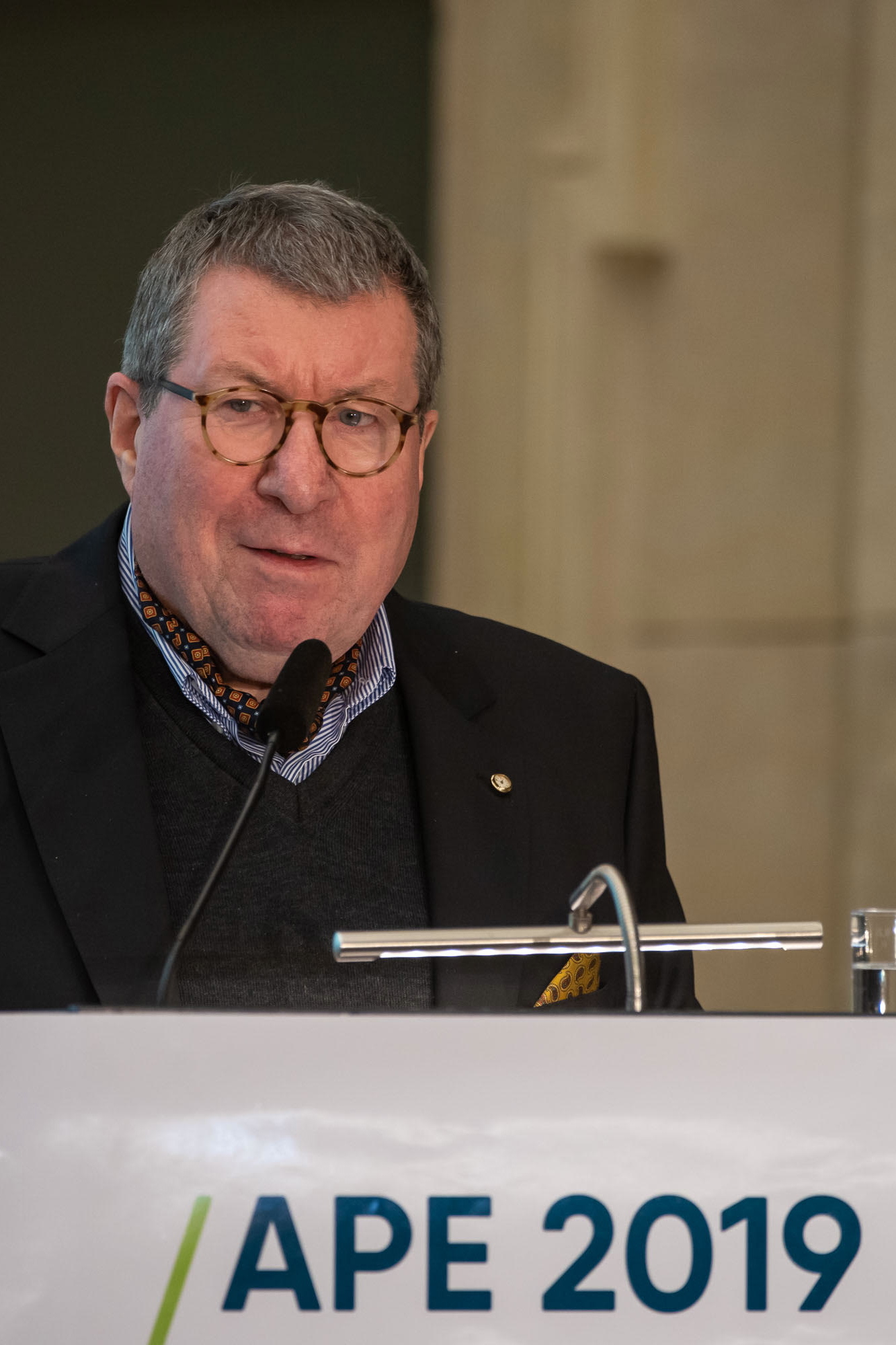Linking communities

'Flying Dutchman’ Arnoud de Kemp, who turns 75 this year, reflects on a distinguished career in publishing
Tell us a little about your background and qualifications…
By now it is a long story: in need of money during my years of study I started to do copy editing and to write blurbs for books in the evening; I became a part-time editorial assistant and then a full-time editor of non-fiction books. I edited a famous cookbook, looked after translations of Agatha Christie and I discovered John le Carré for the Dutch market. But soon I knew that I wanted to do something more serious, so I moved to Mouton in The Hague/Paris and then to Dr. Reidel Publishing Company in Dordrecht. I was privileged to be able to launch the company's office in Boston. After Reidel was sold to Kluwer and became Kluwer Academic, Swets & Zeitlinger asked me in 1977 to manage the Swets Subscription Service In Lisse, where I learned a lot about automation and expanded the international Swets network significantly.
From the Netherlands to Germany
In 1984 Springer made me the international director of sales and marketing in Berlin, Heidelberg and New York. Not much later the new media department was added; here I became involved in CD-ROMs, database development and online information systems.
In 1993 Springer joined the MeDoC Electronic Library Project, a government project for electronic textbooks in computer science (please note: this was before PDF) and I was one of the project managers. We installed our first server at Springer in 1994, under great suspicion by our colleagues in production – this was the beginning of electronic publishing at Springer.
We soon started to experiment with files from typesetters and created some early versions of electronic libraries, and on one day in 1996 LINK (Leadership in Networking Knowledge) was born. LINK is now SpringerLink and part of a big family; I managed a wonderful team and we were proud to be ahead of Elsevier. Already, by 2002, some 500 journals and 1,300 books were available on LINK. Yes, I guess I am the father of LINK!
This job at Springer enabled me to visit many places in the world, so I became known as the ‘flying Dutchman’. At the same time Springer allowed me to represent the company in various international associations and societies: chairman of Eusidic (three years), director of IEPRC (the International Electronic Publishing Research Center, 10 years), chairman of the Innovation Committee of the International Association Scientific, Technical and Medical Publishers (STM, 10 years), and president of the German Society for Documentation (DGD, six years).
Here I enjoyed the international exchange with many fine colleagues, and I helped to develop many conferences. During my last years at Springer I was acting as a member of the International Board.
My professional life was also accompanied by a number of mergers and acquisitions. In 2004 Springer and Kluwer Academic merged – and I felt that this was the right time to do something else…
You are probably best-known these days for organising the annual APE conference in Berlin...
Soon after Springer I started a company, Digilibri (which was re-named as Digiprimo), building up a huge database for images. Its goal was to handle rights and licenses electronically, but like most image databases we were swallowed up when the internet began offering billions of free images.
The idea for an independent conference on scholarly communications (Academic Publishing in Europe) was born soon after the open access declaration of the Max Planck Society (MPG) in 2003. It was obvious that we should start to talk to each other. With the support of the MPG, but also CERN and with the help of several STM publishers – in particular IOS Press, Elsevier, Wiley, Springer and De Gruyter – I was able to announce the first APE Conference for 2006. I was independent and I knew many people; the novelty was that all stakeholders were willing to participate. The discussions were not particularly friendly, and one of the participants even called open access ‘content communism’. However, the first APE Conference became an instant success, and has been ever since.
This year was the 14th APE. What was the biggest development in scholarly communications in the last 15 years?
If I restrict myself to APE: we learned to talk and to listen to each other. That was new. APE brought together high-level politicians and policy makers, funders, researchers, publishers, librarians, technology companies, consultants – and, last but not least, head hunters. APE is prime hunting territory).
Everybody feels that we are at the beginning of a new era, witnessing the creation of an ecosystem – but we are also learning to depend on each other… even more so in the times of Plan S!
What developments do you predict for the industry over the next 15 years?
What used to be science publishing, will be become background music. In times of open access, open science, and data science, we need a trustworthy ecosystem for the discovery, access and understanding of scientific information. Quality control and ethical standards will become more important. Innovation will be the driving force. New areas of knowledge will come up. Publishers are becoming information analytics companies, offering high-level pipe-line services to researchers and users. Publishers owning platforms will increase their market share. Now that virtually unlimited masses of data are available, artificial intelligence will become very important.
Tell us about your plans to put APE into a trust...
It is still early days but I am investigating to create a permanent entity, such as a foundation, to continue the aims of the APE Conferences. The aim is that the net income from the conferences should be used for educational programs – for instance where young publishers and early career researchers can learn together how to respect each other, and together improve the world.






